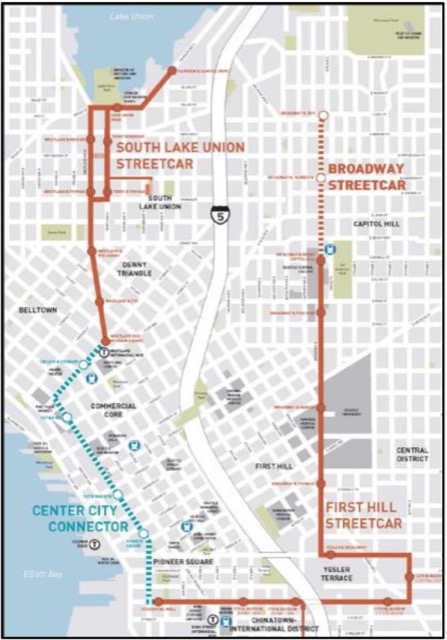Construction of Seattle’s latest streetcar line is late and over budget, so the mayor halted construction and hired a consultant to find out why. Now the consultant report itself is late.
The city knew that the problem had to do with the fact that construction turned out to be more complicated than the city anticipated. Now the consultant says that figuring out the problem turned out to be more complicated than the consultant anticipated.
Seattle shouldn’t have had to pay a consultant $146,000 to figure out the problem. The problem is simple: streetcars are stupid. They are obsolete technology. When invented in 1888, they averaged 8 mph. Now, after 130 of technological improvements, they average 8 mph. The tracks intrude into the streets, creating problems for other utilities and cyclists. When one breaks down, the others can’t go around it. Continue reading








